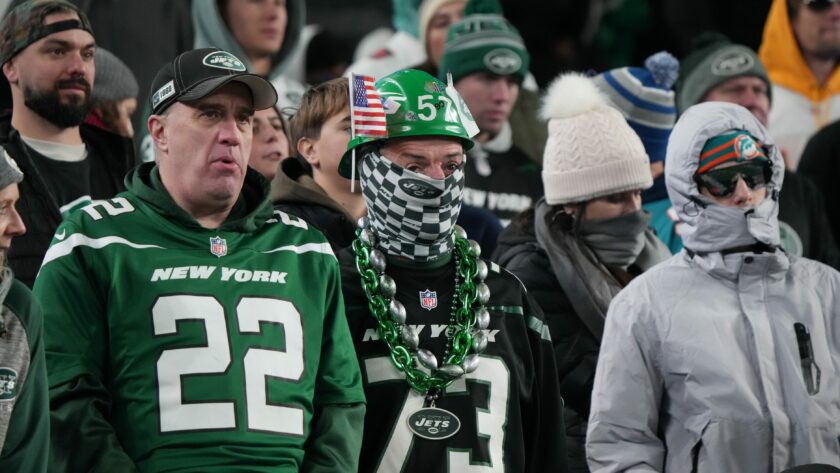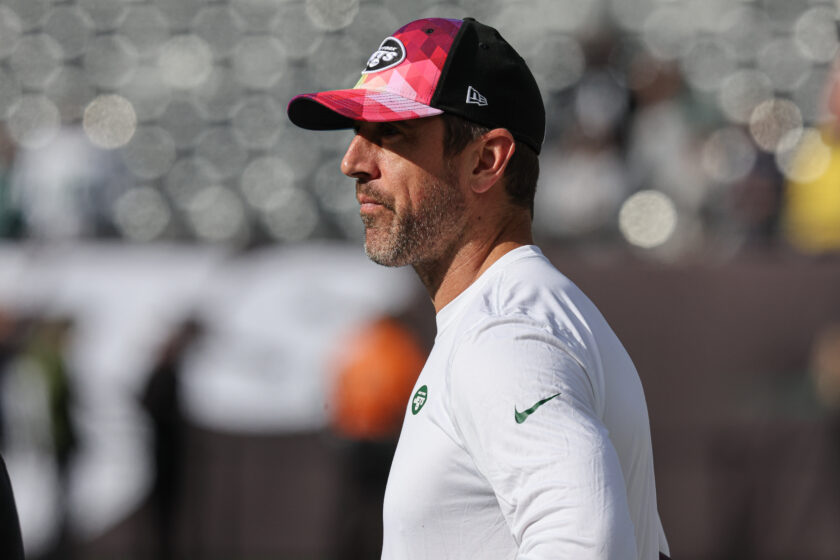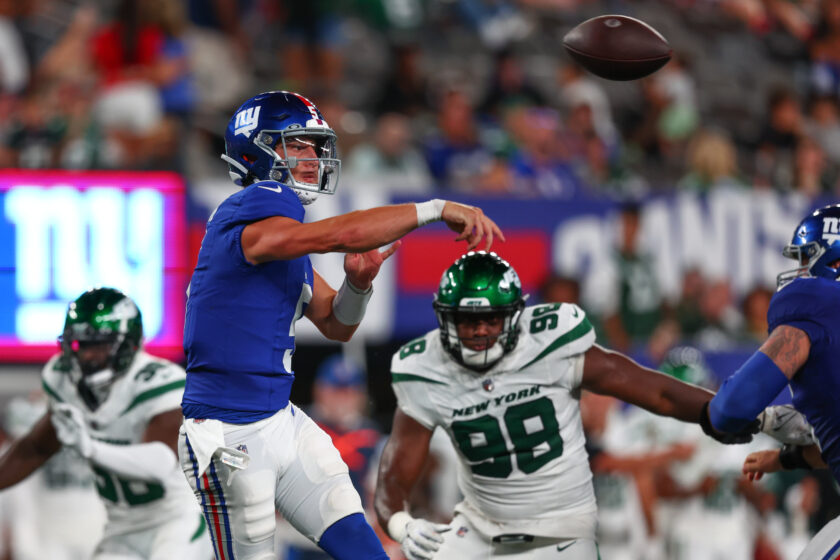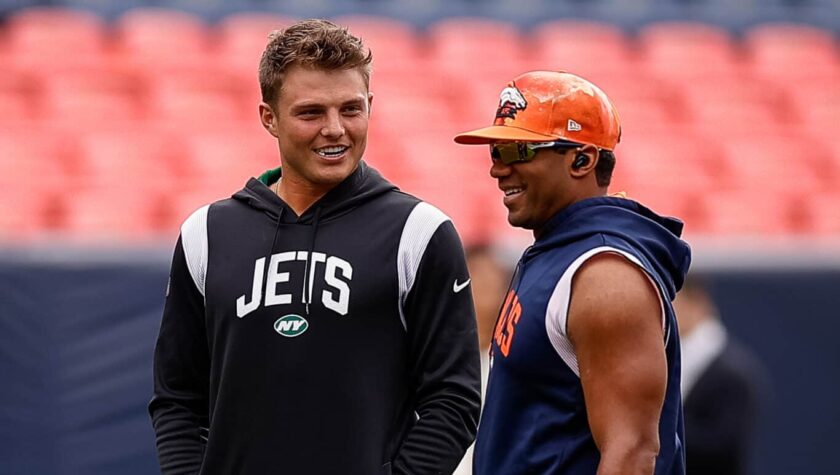New York Jets RB Ty Montgomery sees real role in offense
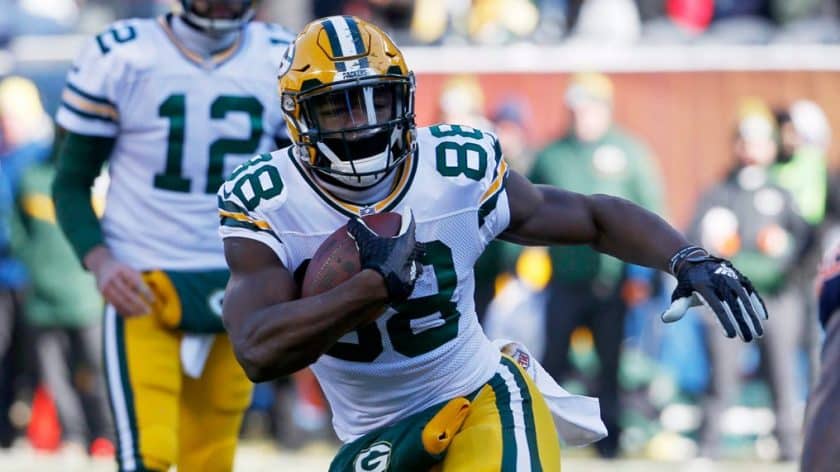
New York Jets jack-of-all-trades Ty Montgomery sees tons of opportunities for him to play a role even if he doesn’t have a position.
New York Jets offensive weapon Ty Montgomery is a difficult player to label. Is he a wide receiver, a slot receiver, a running back, or a returner? The answer might be a little of everything, or it might be even simpler: effective weapon.
Montgomery, one of several “positionless weapons” the team has, is here on a one-year deal. He’s previously played with the Green Bay Packers and Baltimore Ravens, playing some receiver and some running back.
Montgomery spoke to Manish Mehta of the New York Daily News and feels like he has a legitimate opportunity to be a threat in the offense. He said a key has been that head coach Adam Gase hasn’t been trying to lock him into one role.
“He’s not really struggling with ‘are you a running back or are you a receiver?’ When we have conversations, he just says, ‘You’re a football player. I know what you can do as a route runner and I know what you can do running the ball.’ He doesn’t seem to be trying to figure out whether I’m a running back or you’re a receiver. I feel like a true hybrid in this offense.”
Being used as a hybrid is probably the best way for Montgomery to see the field. Le’Veon Bell is going to be the starting running back, and the top three wide receivers will be Robby Anderson, Quincy Enunwa, and Jamison Crowder.
[sc name=”Jets Center” ]Montgomery isn’t going to unseat any of them as a one-position player. However, if Gase can send him into the huddle and line him up anywhere on the field, it gives him a chance to confuse defenses and make them uncertain coming up to the line of scrimmage. That’s a path to playing time for Montgomery.
Montgomery is comfortable playing the role of pass-catcher or runner. His experience as a receiver will allow him to line up to run routes, and he is also sure-handed enough to make catches out of the backfield.
“I’ve done 20 carries up the middle and four targets in a game. I’ve also had 10 targets with three carries in a game,” Montgomery said. “Whatever is working for me that day. That’s one of the advantages that I have in my game. Whatever is working. If the run game’s working, then I can stick with the run game. If the pass game, and we’re having better matchups in the pass game — then I can go out there and win one-on-ones.”
Montgomery has been effective in both roles, averaging 4.9 yards per carry (932 total) and 8.3 yards per reception (892 total). He’s put the ball in the end zone 10 times, and has added 794 yards on kick returns through his four-year career.
One thing Gase has shown a lot of in practice is using Montgomery and Bell together in the backfield in two-back sets. It creates questions for the defense, and with two very talented backs, the defenses won’t know who to key in on.
“It gives the defense problems, whether it’s a mismatch in the passing game, whether it’s personnel and we’re running the ball. Because of our abilities, it could look like a pass, and we could run the ball,” according to Montgomery. “Or it could look like a run and we could throw the ball. I ran the full route tree my rookie year. I was running routes against cornerbacks. I remember plenty of battles with Marcus Peters in college. So, I’ve seen some really good corners and I still believe I can go out there and win.”
Montgomery entered the league at wide receiver before his move to running back in 2016, which was done out of necessity. That versatility will be a key for Montgomery to see playing time for the Jets this season.
[sc name=”Twitter Follow Link” text=”Billy” username=”wmcine” ] [sc name=”Jets Link Next” link=”https://elitesportsny.com/2019/08/08/new-york-jets-qb-sam-darnold-opens-preseason-with-jamison-crowder-td-video/” text=”Darnold Opens Preseason With Jamison Crowder TD” ]I'm a student at Binghamton University. I'm a huge fan of the Mets, Rangers, Giants, and Jets, and will be covering them for the site, as well as fantasy hockey, football, and baseball. My twitter is @wmcine


